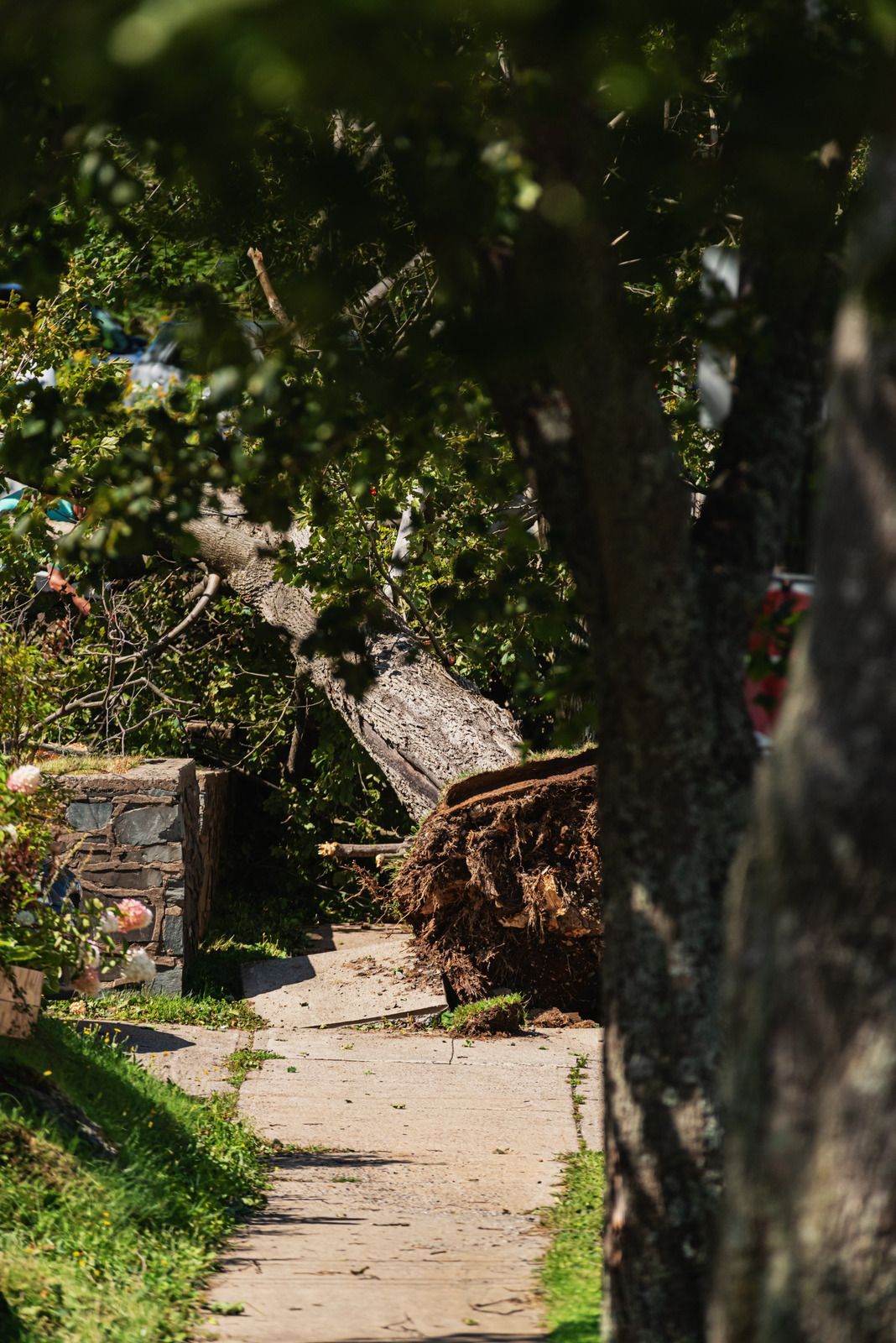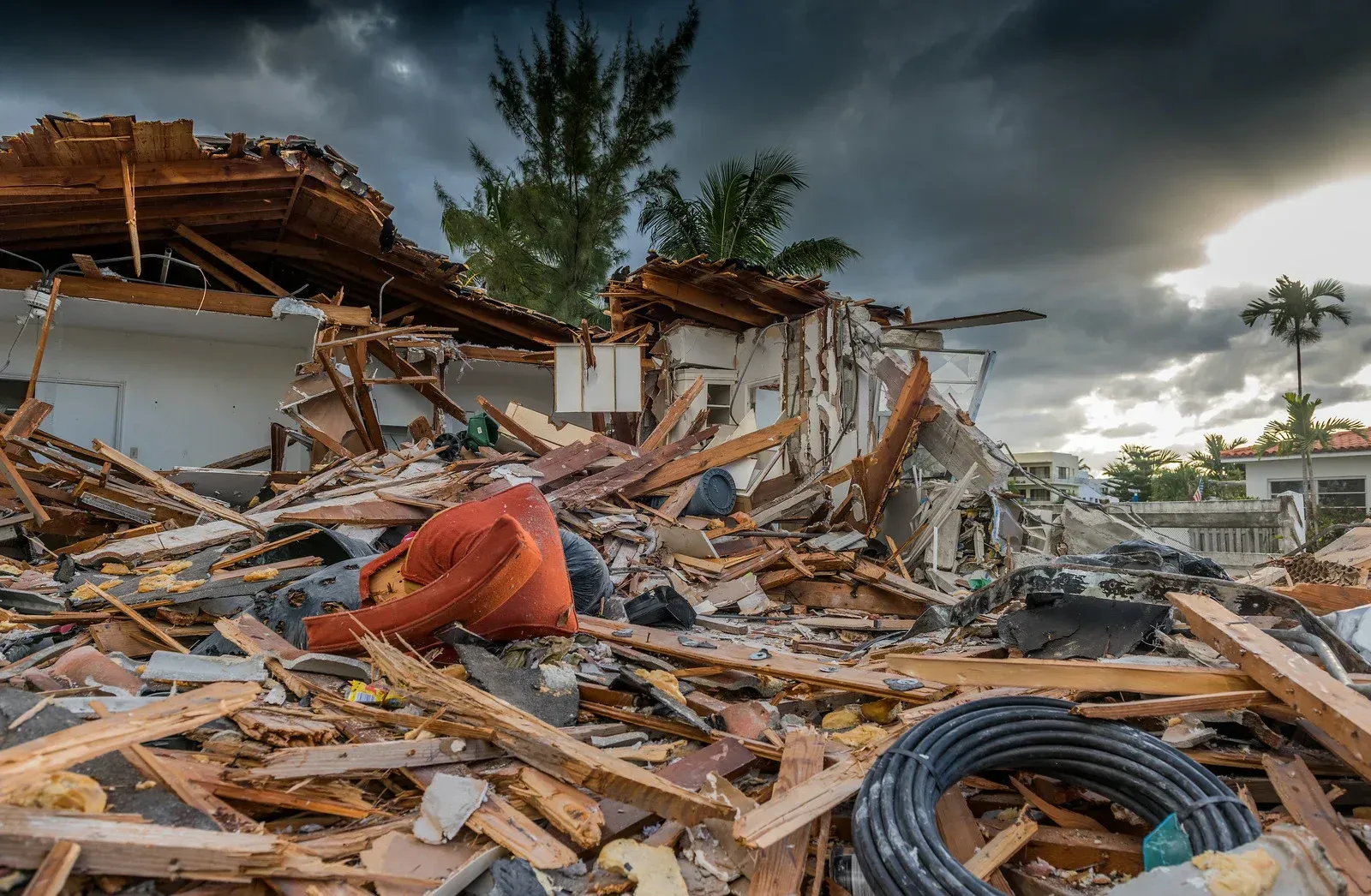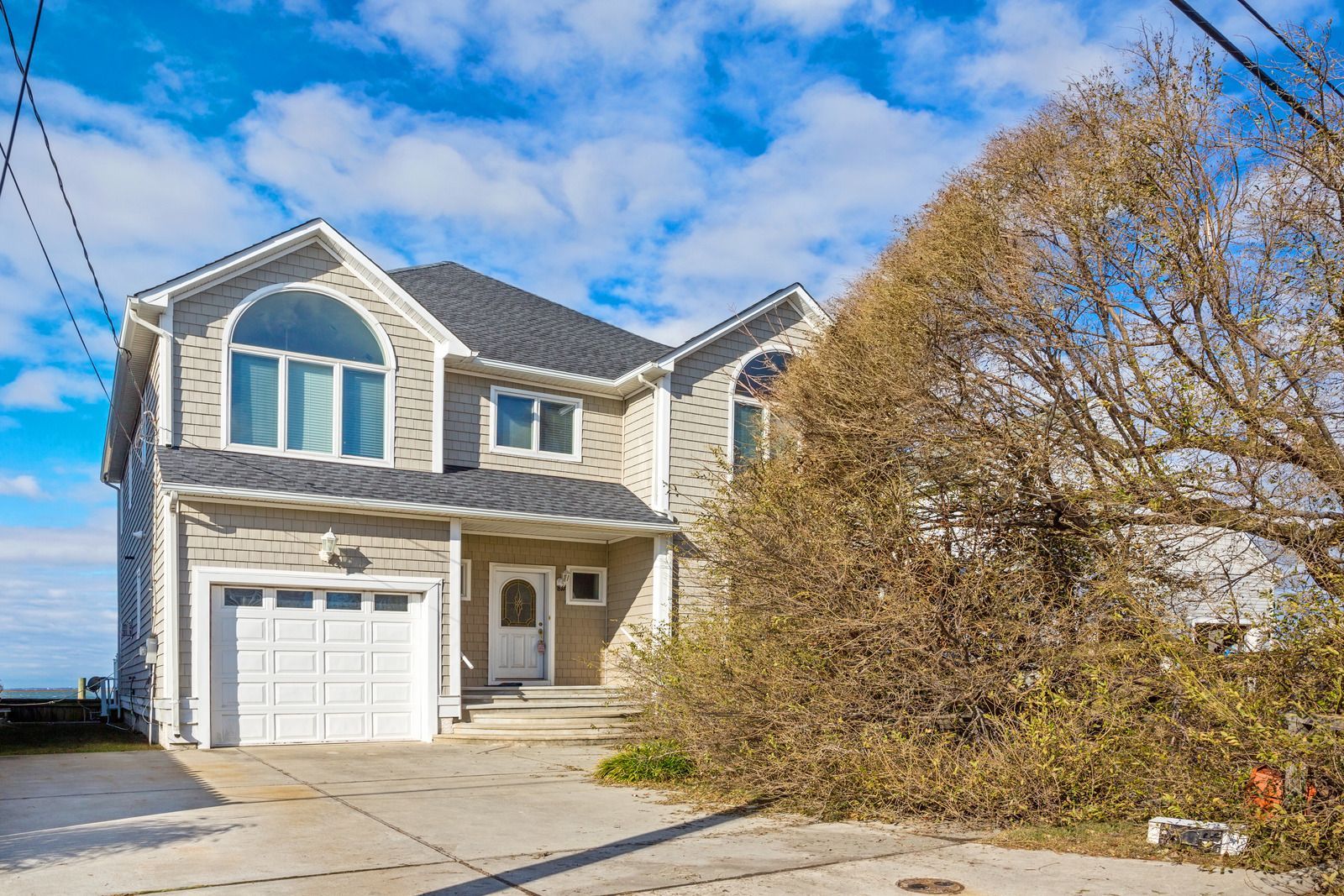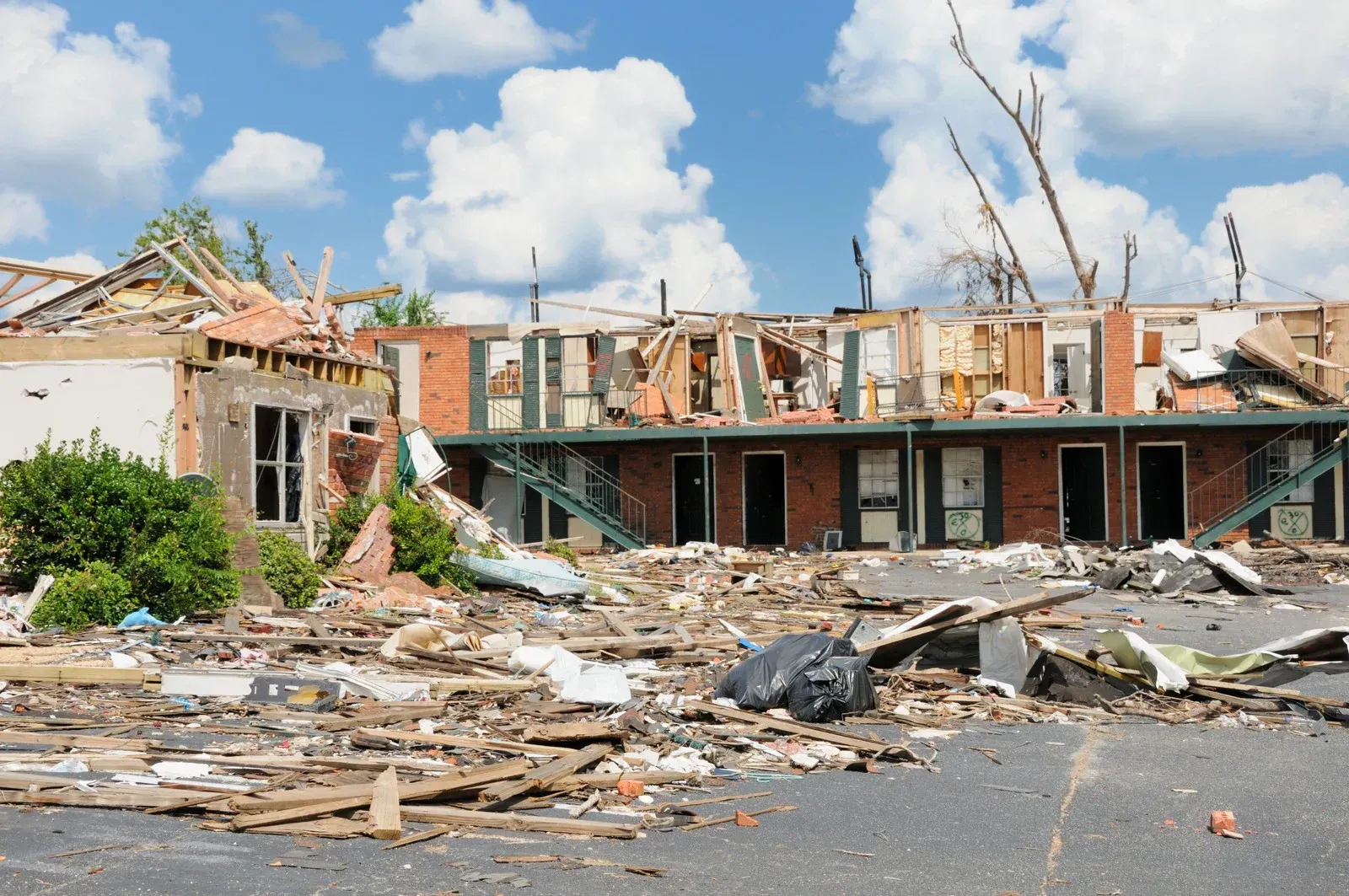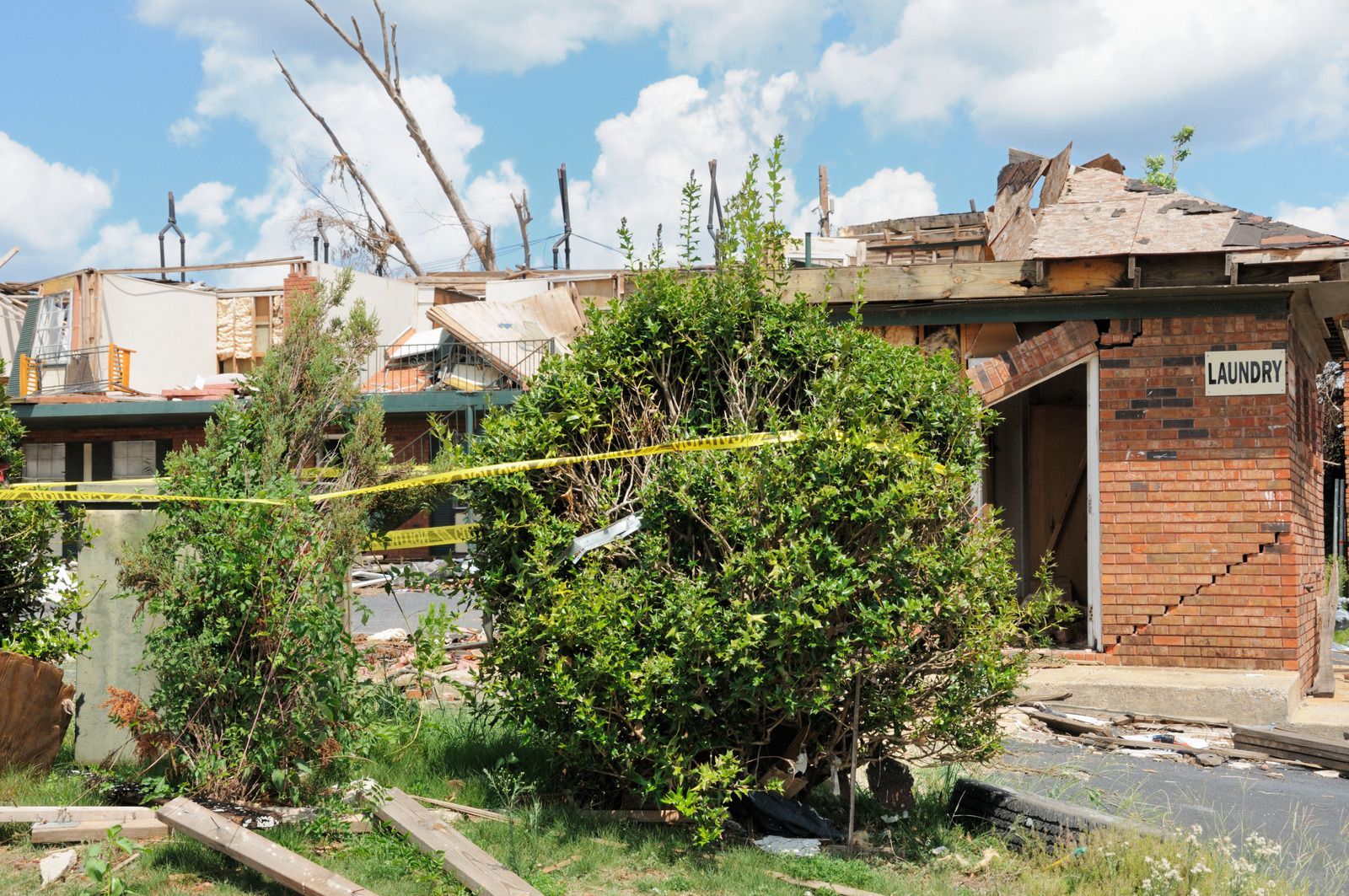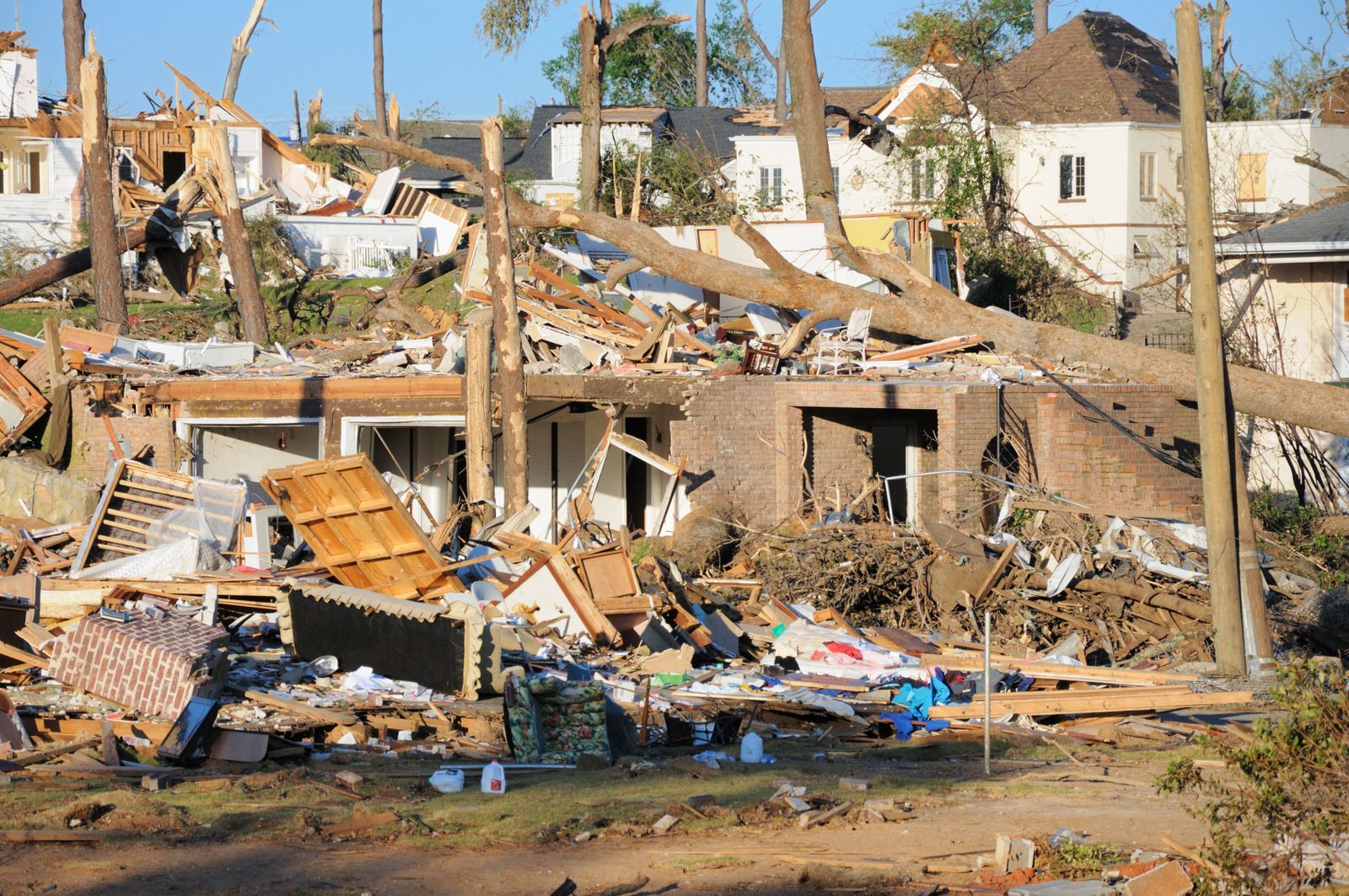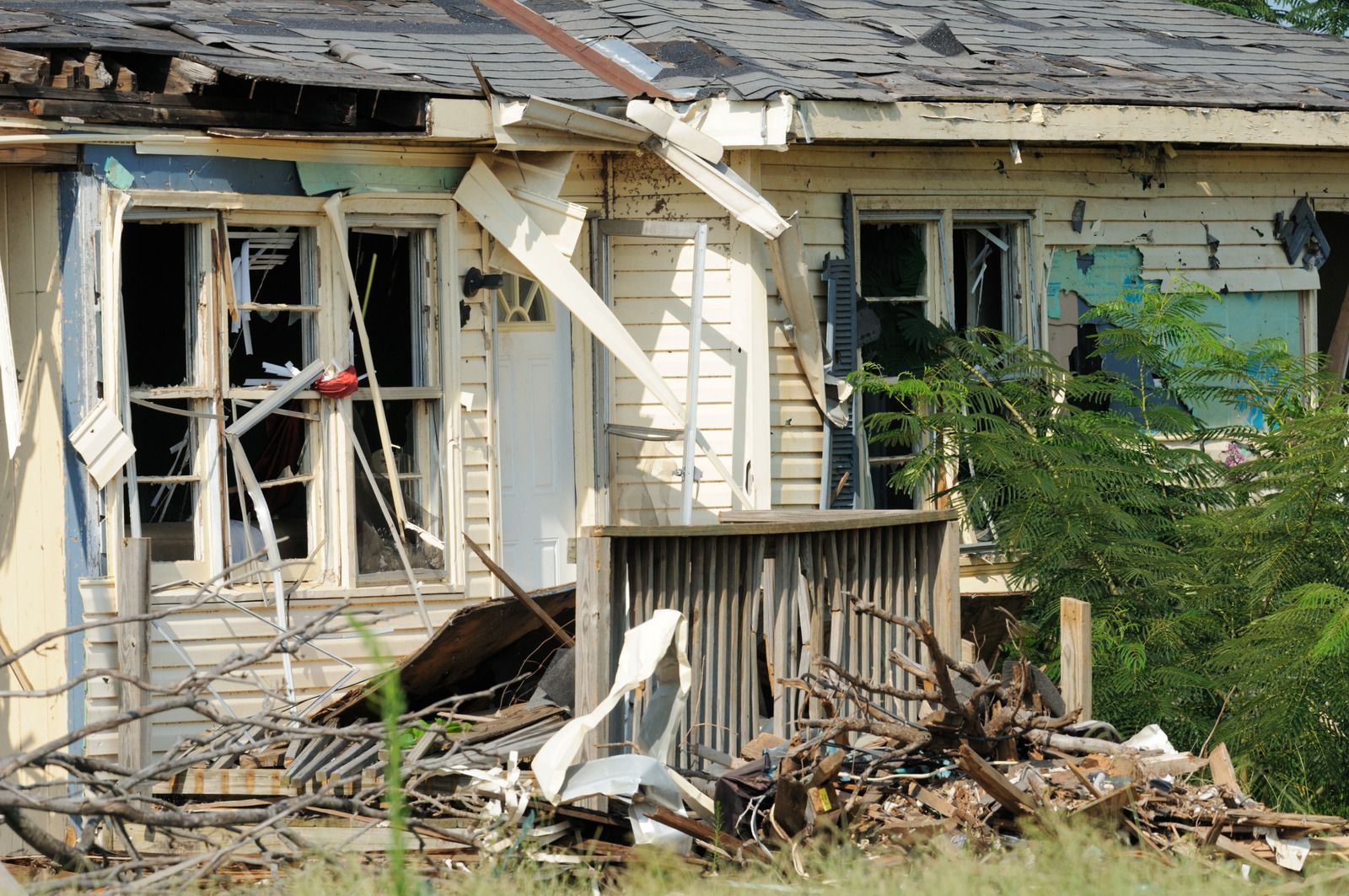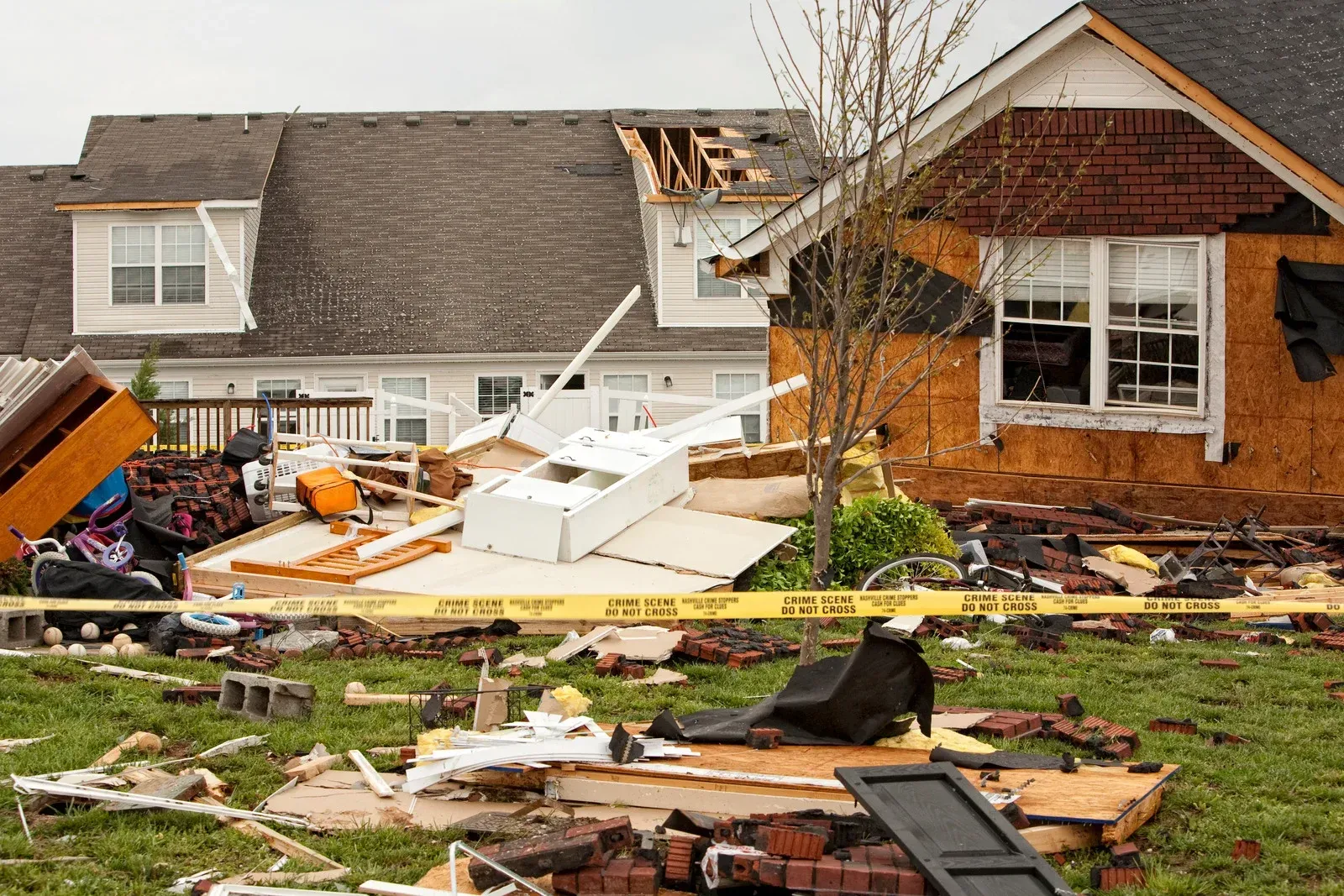Ellenton Hurricane Milton Damage Recovery Help
Ellenton Hurricane Milton Damage Recovery Help
As Hurricane Milton has left its mark on the West Florida region, residents are now focused on recovery. The aftermath of such natural disasters often brings significant challenges, especially for homeowners and property managers dealing with damage. In Ellenton and surrounding areas, understanding the steps for effective recovery can ease the burden and help you navigate the claims process to recover losses.
Understanding the Impact of Hurricane Milton
Hurricane Milton has caused substantial property damage, including flooding, wind destruction, and debris accumulation. Many homes in Ellenton have experienced compromised roofs, broken windows, and flooding, leading to the potential for mold and other long-term issues if not addressed promptly. Additionally, businesses have faced interruptions, resulting in financial strain.
Assessing Damage After the Storm
Once the storm has passed and it is safe to return to your property, a thorough assessment is essential. Start by documenting all damages with photos and videos. This documentation will be crucial when filing insurance claims. Look for visible signs of damage, including:
- Roof Damage: Check for missing shingles, leaks, or structural damage.
- Water Damage: Inspect for any signs of flooding, including stained walls, ceilings, and floors.
- Exterior Damage: Examine siding, windows, and doors for any breaches caused by high winds or flying debris.
Remember to keep a record of any personal property lost or damaged during the storm. This detailed list will aid in the claims process.
Safety First
Before starting any recovery efforts, prioritize safety. Ensure that electricity is turned off to prevent shocks from water intrusion. Be cautious of hazardous debris, and consider wearing protective gear, such as gloves and masks. If there are downed power lines, stay clear and report them to the authorities immediately. For more detailed safety information, you can refer to resources from the
National Weather Service.
Temporary Repairs and Mitigation
After assessing the damage, taking immediate steps to mitigate further damage is crucial. This may include:
- Tarps: Place tarps over damaged roofs to prevent further water intrusion.
- Boarding Up Windows: Secure broken windows to keep out rain and debris.
- Removing Water: Use pumps or wet vacuums to remove standing water from your property.
Document these efforts, as insurance companies will often require proof of the steps taken to mitigate damage.
Understanding Your Insurance Coverage
Understanding your insurance policy is crucial in the recovery process. Homeowners typically have coverage for wind and flood damage, but specific terms can vary. Key aspects to consider include:
- Coverage Types: Know whether your policy covers replacement cost or actual cash value.
- Deductibles: Be aware of any deductibles that will apply to your claims.
- Exclusions: Familiarize yourself with any exclusions in your policy, such as certain flood zones.
If you have questions about your coverage, consider reaching out to your insurance agent for clarity.
Filing Your Insurance Claim
Once you've documented the damage and taken necessary steps to mitigate it, you can file your insurance claim. This process generally involves:
- Contacting Your Insurance Company: Notify them of the damage and provide the documentation you've collected.
- Submitting Your Claim: Include all necessary forms and supporting documents. Many companies allow you to file claims online for convenience.
- Following Up: Keep in contact with your insurance adjuster to ensure your claim is progressing.
Working with a Public Adjuster
Navigating the claims process can be overwhelming, especially in the aftermath of a hurricane. Hiring a public adjuster can be beneficial, as they specialize in maximizing your claim. They work for you—not the insurance company—ensuring that you receive the compensation you deserve. Public adjusters can help assess damage, compile documentation, and negotiate with the insurance company on your behalf.
Government Resources and Assistance
In addition to your insurance coverage, various government resources can provide assistance during this recovery period. FEMA offers programs for individuals and businesses affected by hurricanes. For more information on available resources, you can visit the
FEMA Hurricane Resources page. Additionally, if flooding has impacted your property, you can check the
National Flood Insurance Program (NFIP) for further assistance.
Steps Toward Effective Recovery and Support
Recovering from Hurricane Milton’s aftermath will take time and effort, but by understanding the steps involved and utilizing available resources, you can navigate the recovery process more effectively. The key is to document all damages, understand your insurance policy, and reach out for professional help if needed.
At Primo Adjusting Services, we specialize in assisting homeowners like you in recovering compensation for property damage caused by natural disasters. Our team is dedicated to helping you navigate the claims process, ensuring you receive the support and compensation necessary for your recovery. Reach out to us for expert assistance in your damage recovery journey.
